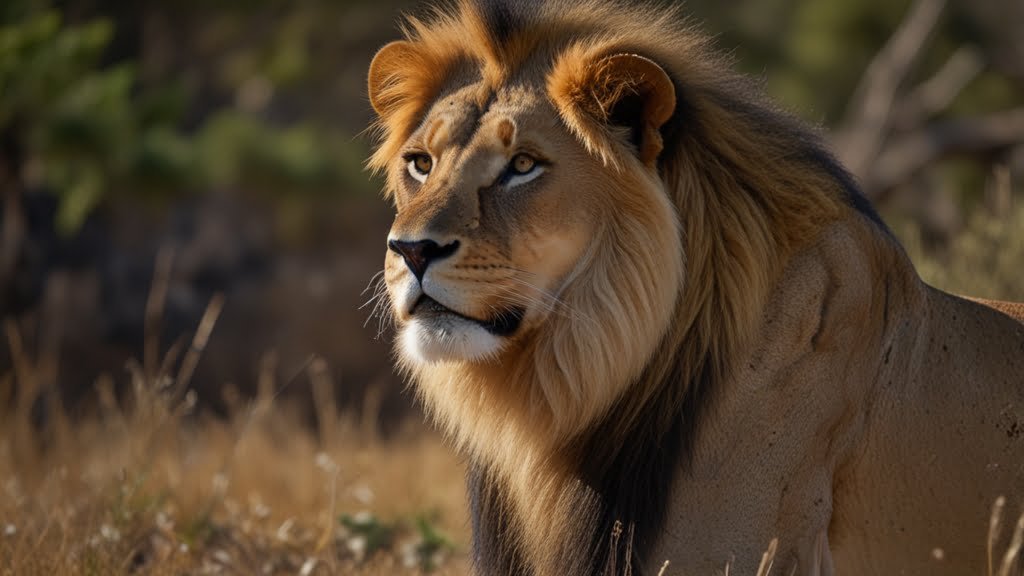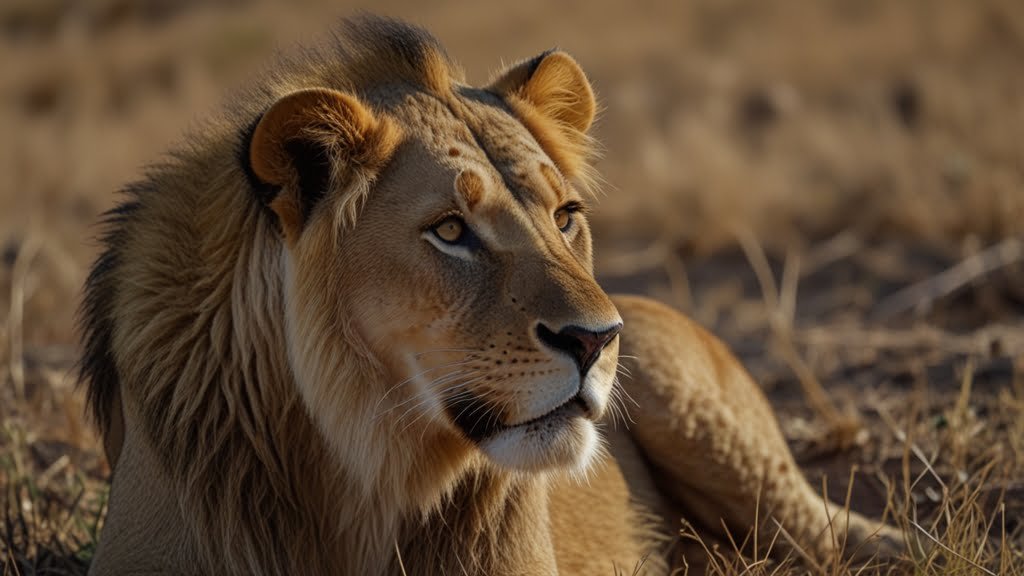Introduction
The West African lion (Panthera leo leo) is a distinct and endangered subspecies of the African lion, renowned for its unique characteristics and critical conservation status. Found in the westernmost parts of Africa, this majestic big cat is not just a symbol of strength and nobility but also a vital component of its ecosystem. In this blog, we will explore the habitat, behavior, and conservation challenges faced by the West African lion, highlighting why protecting this magnificent creature is crucial for biodiversity.
Habitat and Range of the West African Lion
The West African lion is native to the savannas and grasslands of West Africa, with its historical range spanning from Senegal to Nigeria. Unlike its relatives in other regions, the West African lion’s habitat is characterized by a more fragmented landscape due to agricultural expansion and human encroachment.
Key Regions
- Senegal: The Niokolo-Koba National Park is one of the last strongholds of the West African lion, providing a protected environment in which these lions can thrive.
- Nigeria: The Gashaka-Gumti National Park offers a critical habitat, though its lions face significant threats from habitat loss and poaching.
- Mali and Burkina Faso: These regions have smaller, isolated populations struggling to survive amidst expanding human activities.

Physical Characteristics
The West African lion is slightly smaller and lighter in color compared to other African lions. Its coat is typically a tawny yellow with a less pronounced mane in males, which may be shorter and sparser. These lions have adapted to their environment with physical traits suited for their specific habitat.
Social Structure and Behavior
West African lions exhibit a complex social structure similar to other lion subspecies. They live in prides, which are social groups consisting of related females, their cubs, and a coalition of males. The pride’s size and dynamics can vary, but cooperation is key to their survival.
Hunting and Feeding
Female lions in the pride are the primary hunters, often working in teams to bring down prey such as antelopes, warthogs, and occasionally larger herbivores like buffalo. Males, while capable hunters, primarily play a role in defending the pride and maintaining territorial boundaries.
Conservation Status and Threats
The West African lion is critically endangered, with fewer than 250 individuals remaining in the wild. The primary threats to their survival include:
- Habitat Loss: Expanding agriculture and human settlements have fragmented their habitat, reducing the available space for hunting and living.
- Poaching: Illegal hunting for bushmeat and lion body parts poses a significant threat.
- Human-Wildlife Conflict: Encroachment and retaliation killings due to livestock predation further endanger these lions.
Conservation Efforts
Several conservation initiatives are working to protect the West African lion, focusing on habitat preservation, anti-poaching measures, and community engagement. Organizations are collaborating with local communities to mitigate human-wildlife conflicts and ensure the survival of this endangered subspecies.

The Importance of Protecting the West African Lion
Protecting the West African lion is essential not only for preserving a unique subspecies but also for maintaining the balance of the ecosystems in which they live. Lions play a crucial role in controlling herbivore populations and maintaining biodiversity. By ensuring their survival, we support the health and stability of entire ecosystems.
Conclusion
The West African lion is a remarkable and endangered subspecies with a critical role in its habitat. Understanding their unique challenges and supporting conservation efforts are vital for their survival. By advocating for habitat protection and sustainable practices, we can help secure a future for the West African lion and continue to marvel at its majesty.


